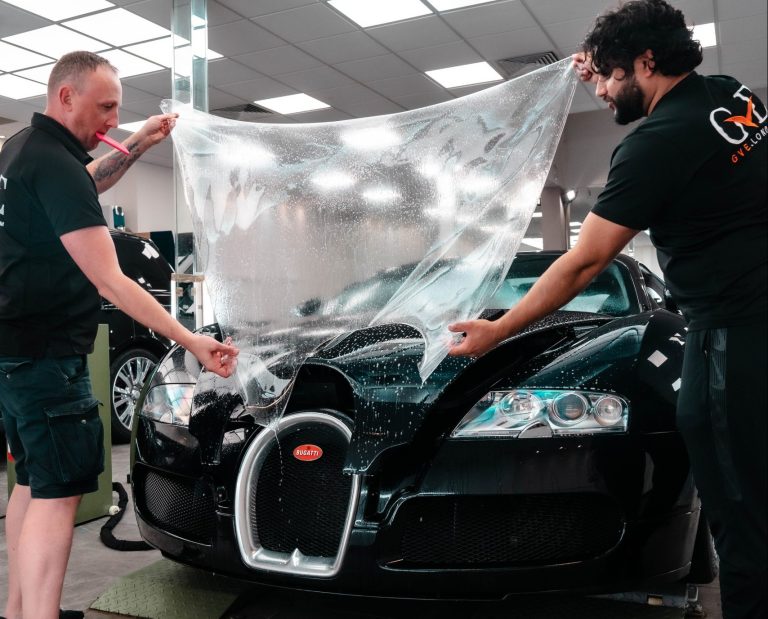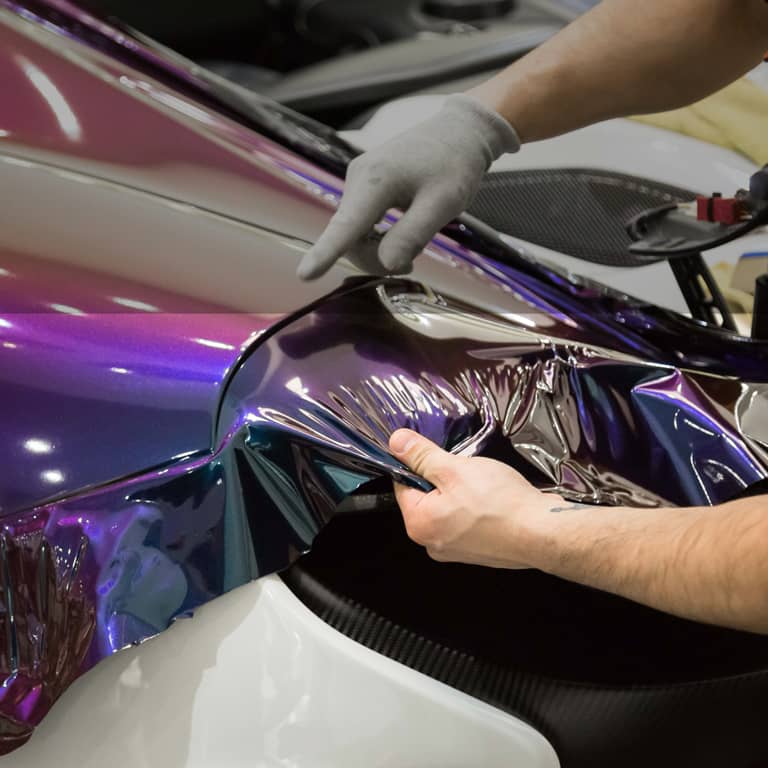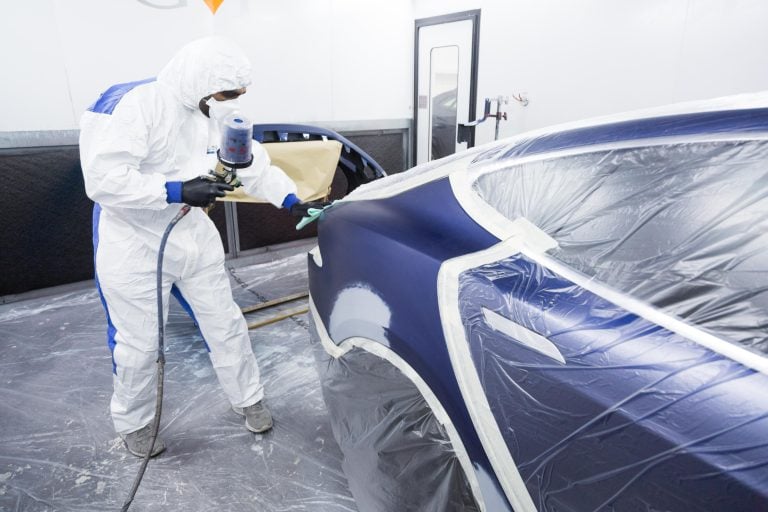- Servicing Case Studies
Process of Installing a Tracker on Your Vehicle | GVE London – Blog
Learn how to install a vehicle tracker with ease! From choosing the right tracker to setup tips, ensure your car’s security and enjoy peace of mind.
Trackers are more valuable than they might initially suggest. Cars tend to be a major investment for any individual, and trackers help keep a tab on their location, providing some much-needed peace of mind. Installing a tracker on your vehicle is much simpler than it seems; with a couple of tools and a guide, you’re set. In this blog, let’s go over the process of installing a tracker on your vehicle.
Choosing the Right Tracker
Before diving into the installation process, let’s learn about how best to pick a tracker that actually meets your needs. Ask yourself the question: what features do you really need? Do you want a basic locating tracker, or something more advanced and capable of speed monitoring, geofencing, etc.?
For supercars, considering how they are high-value assets, it’s best to go with Supercar Trackers from a reputable brand like SmarTrack that provides added benefits, including insurance-approved devices and real-time alerts. You’ll also want to ensure that the tracker is compatible with your vehicle and fulfils your security needs.
Installing a Tracker On Your Vehicle
Once you’ve got a tracker, it’s time to begin the installation process. You can contact a supercar service centre like GVE London and they can handle it for you but if you’re going to DIY it, make sure you follow all the instructions very carefully.
Step 1: Check the Installation Requirements
Every tracker comes with instructions or a manual that provides the specific installation requirements. This includes everything from what tools you will require to whether your tracker needs hard wiring into your car’s electrical system or can plug into the car’s OBD-II port. SmarTrack trackers are typically hardwired devices, making them more secure and less noticeable. The manual and the manufacturer’s website are excellent sources to consult if you’re uncertain about the process.
Step 2: Pick the Ideal Location
Admittedly, there is no “ideal” or “right” spot to place your GPS. However, it should be well-hidden and in a location that doesn’t interrupt the GPS signal. Many people place it under the dashboard, on the rear shelf, or inside the glove box. Just avoid metal areas that could block signals. If you’re using a hardwired tracker, find a spot near your car’s fuse box for easier access.
While the goal is to get as uninterrupted a signal as possible, don’t make the hiding place too obvious. Keep the tracker out of sight yet accessible in case it requires maintenance.
Read Also: Car Trackers: Features You Should Look For
Step 3: Test the Tracker
Before permanent installation, power up the tracker and check if it’s working. Many trackers come with a mobile app or a website you can log into to see its status. Check for a steady GPS signal. If you notice poor connectivity, adjust the tracker’s position until you get a strong signal.
Step 4: Install the Tracker
A plug-and-play tracker requires little to no instructions. It simply plugs into the OBD-11 port, which is usually under the dashboard near the driver’s side. Super easy. However, things get a bit complex with hardwired trackers. Follow these steps when installing it:
- Disconnect the battery to prevent any accidental short-circuits. This step is paramount for your safety.
- Locate the fuse box in your car, which is the power source, and use an empty slot to connect the tracker’s power cable. Usually, trackers require a constant 12V power supply, which is available in the fuse box.
- Attach the positive (red) wire from the tracker to the power source. Then, connect the negative (black) wire to the ground point, like a metal screw or a part of the car’s body.
- Once everything is ready, reconnect the battery and power the tracker up. Make sure everything is working as expected.
Disclaimer: Trackers do vary, so please refer to the manual or manufacturer’s website for model-specific installation guides.
Step 5: Secure the Tracker
Once you’ve confirmed that everything is working, secure the tracker down with zip ties or adhesive.. It must be hidden and stable. A loose tracker would move around and damage the wiring, and someone might be tempted to tamper with it.
Step 6: Set Up the Tracker App and Test out the Features
Supercar Trackers, and even general trackers now, come with a mobile app for monitoring. This usually involves registering an account, entering the device ID, and adjusting settings like location frequency or alert preferences. Pair it with the associated application and take your car out for a spin to test the tracking features. Check the app to see if it’s updating in real time and familiarise yourself with the features and interface. If everything is working well, congratulations! Your tracker has been successfully installed!
Conclusion
Installing a vehicle tracker does not require an expert level of skill, but it does take the right tools and the ability to properly follow instructions. If you follow the above steps, you can reliably set up a tracker and enjoy the safety it brings with it. If you’d like some assistance, GVE London can help provide and set up a tracker for your car. Along with it, we will also perform servicing, repairs, custom modifications, and detailing. Get in touch with us to learn more!
Frequently Asked Questions
High-quality trackers like that of SmarTrack are designed to consume very little power so there is no noticeable drain on your car’s battery. However, in rare cases, if a tracker isn’t installed properly, it might adversely impact the battery. If you’re facing battery issues, best check the tracker’s settings or consult a professional.
The ideal location for a tracker strikes the perfect balance between accessibility, security, and signal strength. Too obvious, and it’s at risk of being stolen. Too hidden, and the signal might be disturbed. The best places are areas that aren’t obstructed by metal or thick materials. For supercars, common spots include the rear shelf, under the dashboard, or perhaps the glove compartment.
It is possible to install a vehicle tracker yourself, especially plug-and-play models. Hardwired trackers get a bit more complex. With the right tools, it can be done but installation errors can lead to battery damage. So, if you’re uncertain, professional installation at a supercar service centre is usually the best option.
Contact Us
"*" indicates required fields
OUR SERVICES

PAINT PROTECTION FILM

WRAPPING

SERVICING










